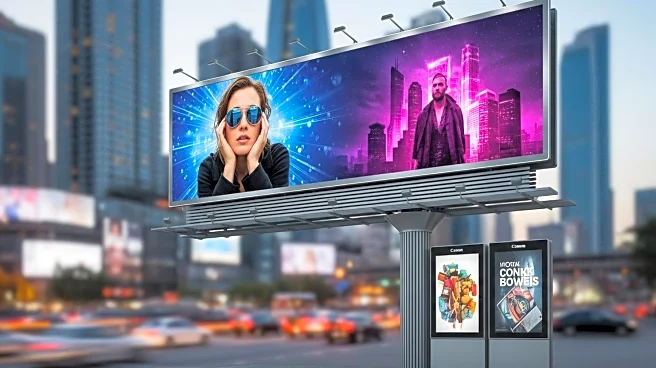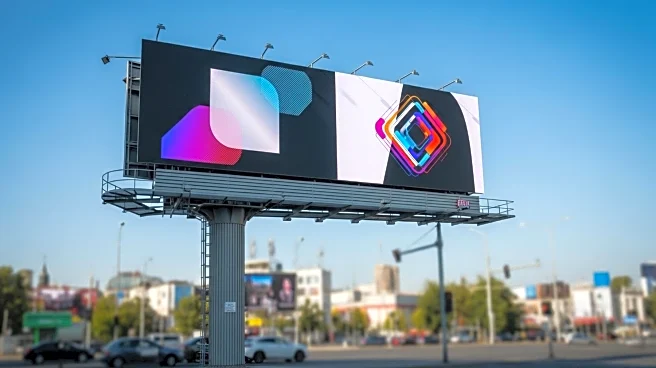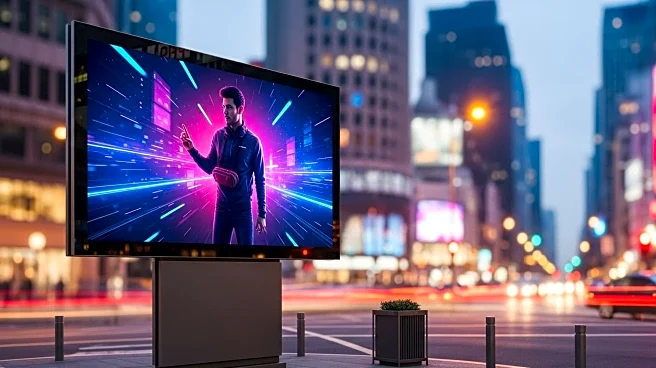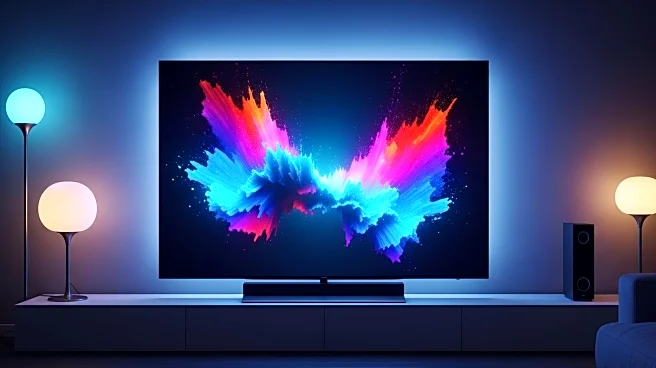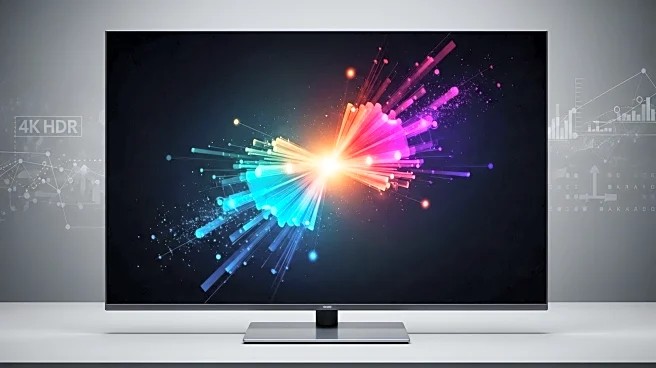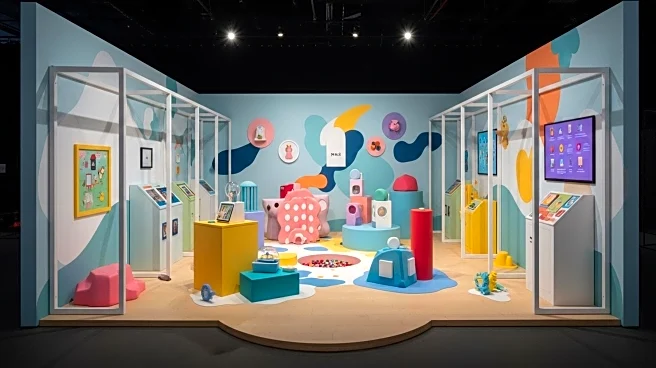What's Happening?
Wayne Deakin, formerly the global creative principal and executive creative director at Wolff Olins, shares insights on the transformation of out-of-home (OOH) advertising. Traditionally, OOH advertising, such as billboards, adhered to the 'glance method media' principle, designed for quick consumption by drivers. However, the context has shifted as people now encounter OOH ads in places where they linger, such as city centers and airport lounges. This change has expanded the possibilities for OOH advertising, allowing it to become more immersive and interactive. Deakin emphasizes the importance of being hyper-contextual and using the environment as an ally to create experiences that earn attention rather than demand it.
Why It's Important?
The evolution of OOH advertising reflects broader changes in consumer behavior and media consumption. As people spend more time in environments where they can engage with ads, brands have the opportunity to create deeper connections with their audience. This shift challenges advertisers to rethink traditional strategies and leverage brand assets effectively to maintain recognition and impact. Successful OOH campaigns can enhance brand visibility and engagement, making them a crucial component of modern marketing strategies. Brands that adapt to these changes can benefit from increased consumer interaction and loyalty.
What's Next?
Advertisers and brands are likely to continue exploring innovative ways to utilize OOH advertising, focusing on creating memorable experiences that resonate with audiences. As the format evolves, there may be increased collaboration between creative agencies and brands to develop campaigns that align with brand values and engage consumers in meaningful ways. The future of OOH advertising may see more integration with digital technologies, allowing for personalized and dynamic content that adapts to different environments and audiences.
Beyond the Headlines
The transformation of OOH advertising also raises questions about the ethical use of public spaces for advertising and the potential impact on urban aesthetics. As advertisers seek to create more engaging experiences, there may be discussions about balancing commercial interests with community values and preserving the integrity of public spaces. Additionally, the shift towards more interactive and immersive advertising experiences may influence cultural perceptions of advertising and consumer-brand relationships.
